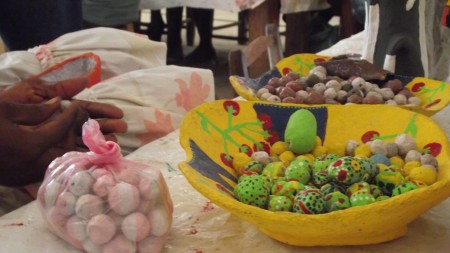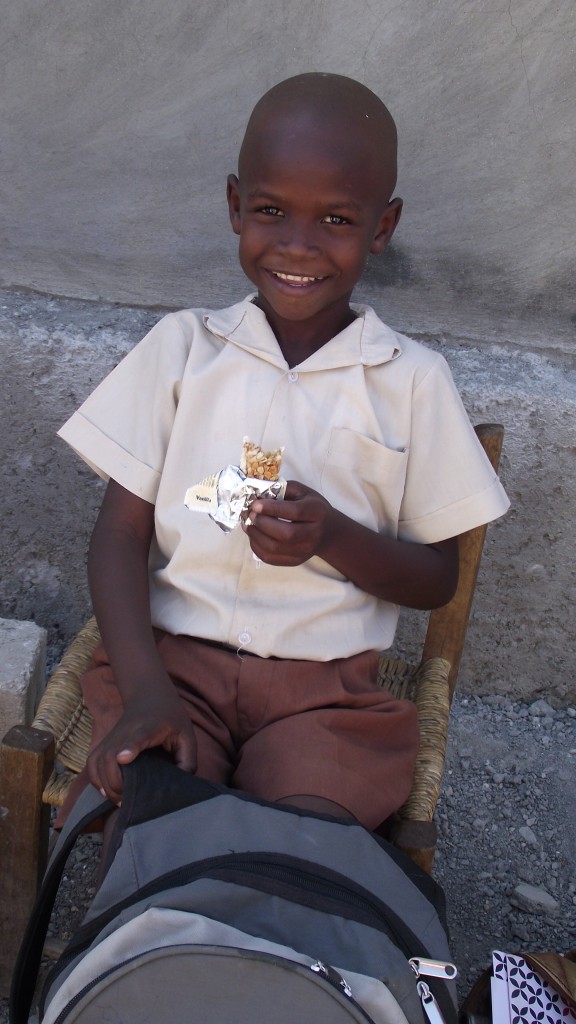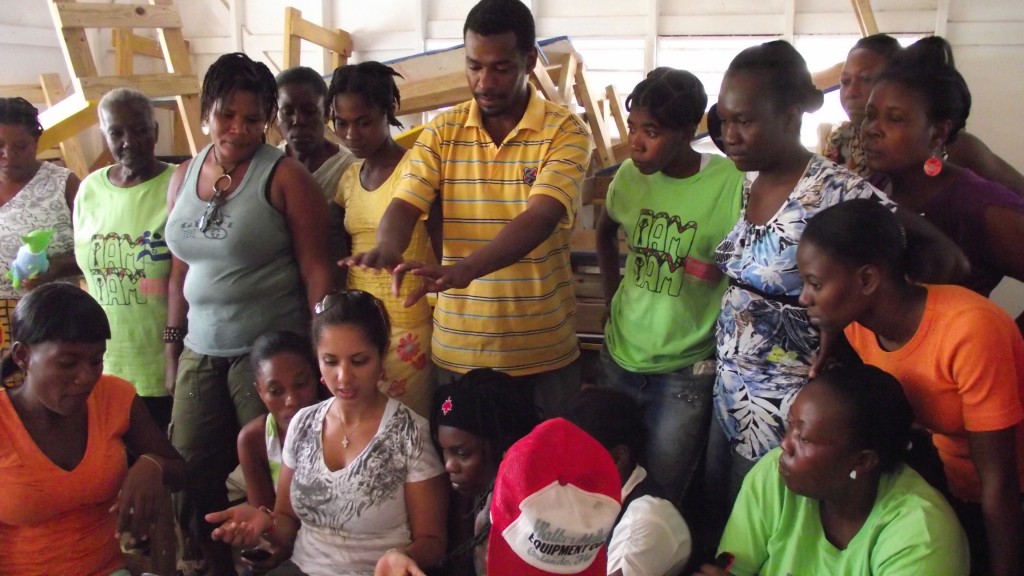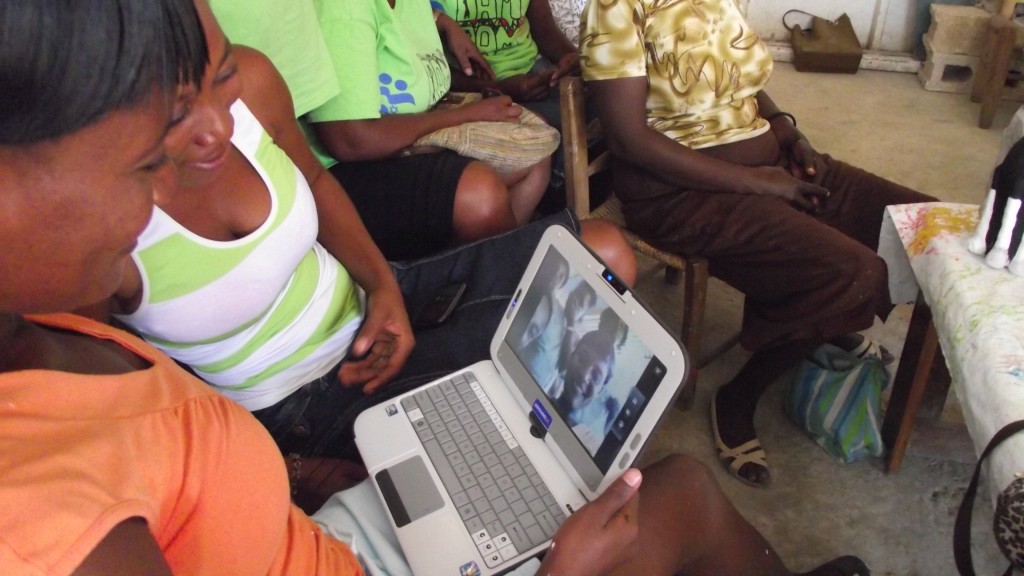 Imagine waking up one Tuesday morning thinking that you were going to go on about your day as usual. Except before you could even eat your lunch, everything that was important to you was gone. Your friends, family members, spouse, or maybe your children have perished. Then imagine living in a makeshift tent for two years after that life changing day having to endure temperatures inside the tent as high as 107 degrees while being unable to get any relief from the temperature outside. Or imagine stepping over piles of trash mixed with dirty diapers as you walked your children to school, all while feeling lucky that you had shoes to wear on your journey. It didn’t matter that the shoes you were wearing were too small or falling apart. You are on a tropical island but the smells around you don’t consist of the fresh salty air. Instead, you are almost afraid to breath in too deeply because surely the awful smell around you must be hazardous for your health.
Imagine waking up one Tuesday morning thinking that you were going to go on about your day as usual. Except before you could even eat your lunch, everything that was important to you was gone. Your friends, family members, spouse, or maybe your children have perished. Then imagine living in a makeshift tent for two years after that life changing day having to endure temperatures inside the tent as high as 107 degrees while being unable to get any relief from the temperature outside. Or imagine stepping over piles of trash mixed with dirty diapers as you walked your children to school, all while feeling lucky that you had shoes to wear on your journey. It didn’t matter that the shoes you were wearing were too small or falling apart. You are on a tropical island but the smells around you don’t consist of the fresh salty air. Instead, you are almost afraid to breath in too deeply because surely the awful smell around you must be hazardous for your health.
This is the story of many Haitians that were affected by the earthquake that hit the small island only two years ago. You may have watched some of their stories on your TV. Through the help of a translator, you heard their personal recounts of how the earthquake affected them. You probably felt sympathy and sorrow for them; maybe you even donated supplies or money.
It seems hard to believe that there is still so much pain and poverty on one small country located only one and half-hours away by plane from Miami, Florida. It just doesn’t seem right.
What’s been done in the last two years?
Recent images of Haiti may have you feeling hopeless and discouraged about the amount of work that still needs to take place before Haiti can be considered a country on stable ground. Still, there are stories of hope and progress amongst the tragedy. During my recent #Bloggers4Haiti trip last week, I saw positive steps towards progress. Although they may have been baby steps, they were certainly steps in the right direction.

On one day, we met with a group of women from a cooperative called Dam Dam located in Leogone, Haiti. Leogone is about an hour from Port-au-Prince and was the epicenter of the earthquake. The coop was formed in September of 2010 and has worked to change the lives of the sixty women that are members. As part of the program they have been taught to create paper-mache art and jewelry using recycled trash.
We had an opportunity to meet the women and learn about how being a part of this program changed their lives. One woman said that when she first joined Dam Dam she felt a little crazy spending her days looking for and collecting trash. But when she learned to turn the trash into income, she realized how much she had gained. Today she is grateful for learning a trade that can help feed her family and provide her with a sustainable income. One that can transform her life and that of her family.
We spent the afternoon with the women and heard other personal stories of how Dam Dam changed their lives. After hearing from the women in the coop, they wanted to hear from us. We told them a little about our families, our blogs, and what we write about. And when we learned they had never been in the Internet, we decided to introduce it to them. I grabbed my computer and after a quick introduction on what a blog is, the women were huddled around the screen playing with my iTunes and video camera. Of course, they asked to see Facebook.
After sharing that moment with them and hearing more about these women, my heart felt filled. Thought there is still so much to be done, these stories show me signs of hope. We had an opportunity to meet with several organizations similar to Dam Dam that were committed to instilling self-sufficiency amongst victims of the earthquake. Programs that helped create steady sources of income for its members. We also visited a tent city where almost half of it’s “residents” have transitioned out of the tent camp and back into their communities.
As I walked through the tent camps and met with some of the residents, I forced myself to think about the progress that I was able to witness. Not about the tragedy that these people have suffered. I also realized how much my heart was touched by many women on that trip. Although this was my second trip back to Haiti since the earthquake, I feel like I learned a lot more about myself and where my passions are. I feel drawn to the island and pulled in a way I can’t explain. It’s more than just feeling pride for my heritage or sympathy for great loss. It’s feeling like I am just one step closer to my Aha moment.
Dam Dam was established in September of 2010 by Tevel B’Tezedek /IsraAid. Its funding expires next month. To learn how you can help, you can visit the organization’s website at Tevelbtzedek.org and by following Dam Dam on Facebook.
A portion of my trip was sponsored by the social media marketing firm, Everywhere.



Leave a Reply